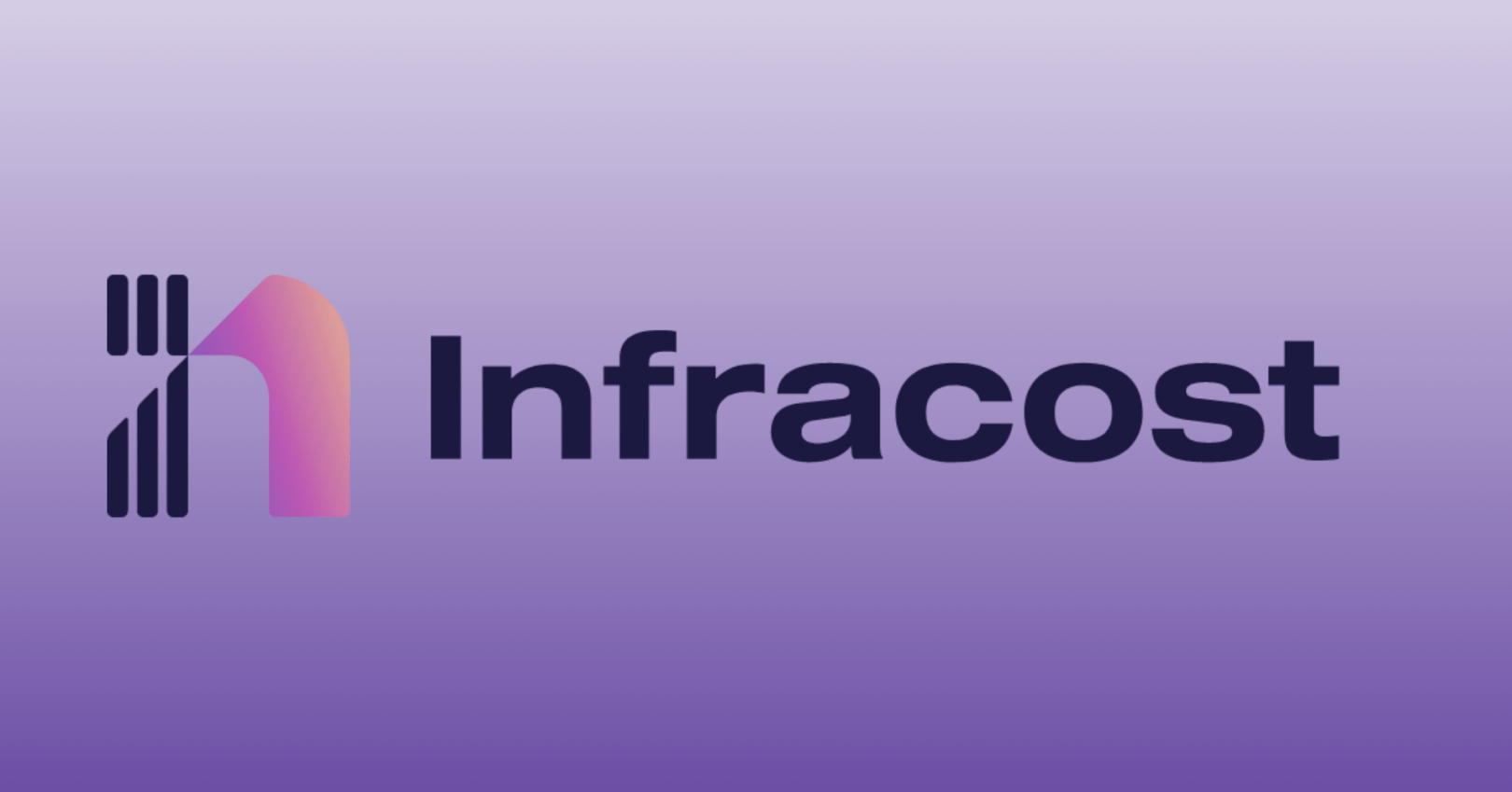As more and more companies move to the cloud, it’s becoming increasingly important for them to manage their cloud costs effectively. That’s where FinOps comes in. FinOps, short for “Financial Operations,” is a set of practices that help companies optimize their cloud spending.
What is FinOps?
FinOps is a relatively new concept that’s been gaining traction in recent years. It’s based on the idea that cloud spending should be treated like any other business expense. In other words, companies should be able to track and optimize their cloud spending just as they do with other expenses.
To do this, FinOps brings together people, processes, and tools to help companies manage their cloud costs more effectively. It involves everyone from developers to finance teams, and it uses tools like automation and analytics to identify areas where companies can save money.
How Does FinOps Save Companies Money?
By implementing FinOps practices, companies can save money in a number of ways:
1. Improved Cost Visibility
One of the biggest benefits of FinOps is that it gives companies better visibility into their cloud costs. With FinOps, companies can track how much they’re spending on different cloud services, which can help them identify areas where they’re overspending.
2. Optimization of Cloud Resources
FinOps also helps companies optimize their cloud resources. By analyzing usage patterns, companies can identify instances where they’re overprovisioning resources or using them inefficiently. By right-sizing their resources, companies can save a significant amount of money.
3. Reduced Waste
Another benefit of FinOps is that it helps companies reduce waste. By identifying idle resources or services that are no longer needed, companies can shut them down and stop paying for them. This can result in significant savings over time.
Getting Started with FinOps
If you’re interested in implementing FinOps practices in your organization, here are some steps you can take:
Start by building a cross-functional team that includes people from finance, IT, and development.
Implement tools and processes to help you track and analyze your cloud costs.
Use automation to identify areas where you can save money, such as by shutting down idle resources.
Develop a culture of cost optimization by educating your team members about the importance of cloud cost management.
Conclusion
As more companies move to the cloud, it’s becoming increasingly important for them to manage their cloud costs effectively. FinOps provides a framework for doing just that. By implementing FinOps practices, companies can improve their cost visibility, optimize their cloud resources, and reduce waste. This can result in significant savings over time, making FinOps a valuable investment for any company in the cloud business.

